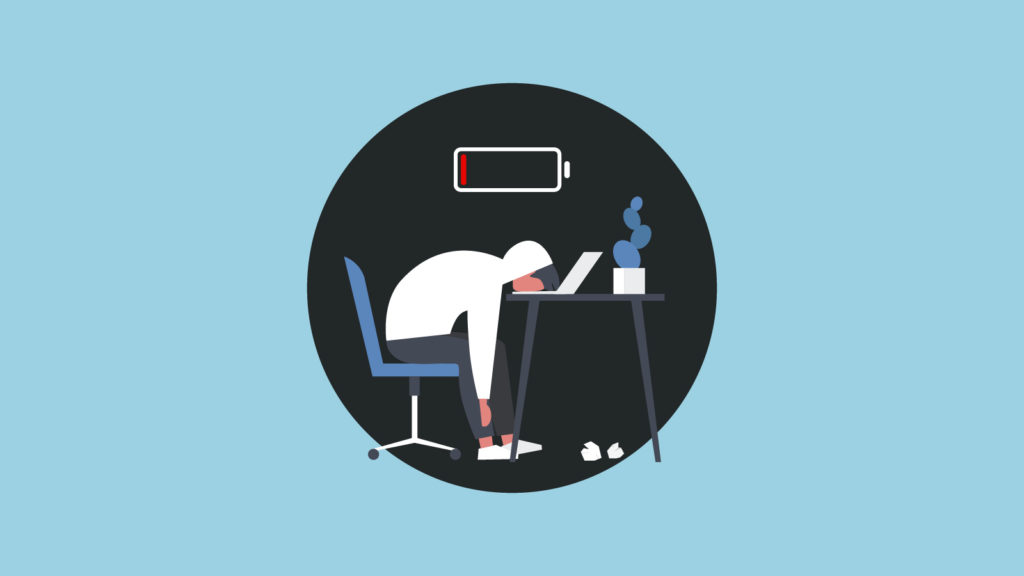
Burnout is defined by the World Health Organisation (WHO) as “a syndrome conceptualized as resulting from chronic workplace stress that has not been successfully managed. It is characterized by three dimensions:
- feelings of energy depletion or exhaustion;
- increased mental distance from one’s job, or feelings of negativism or cynicism related to one’s job; and
- reduced professional efficacy.
Burnout refers specifically to phenomena in the occupational context and should not be applied to describe experiences in other areas of life.”
A person doesn’t have to experience all three dimensions or components in order to feel the effects of burnout.
2.8 million people a year in the world die from burnout which is a frightening statistic.

Causes of burnout include:-
- Overwork
- Lack of control on where you work and how you work
- Insufficient rewards
- Loneliness (I talked about this in my previous article)
- Lack of fairness
- Misaligned skills
Signs of burnout
- Exhaustion
- Increased irritability
- Cynicism
- Lack of efficiency
- Reduced productivity
- Increased sickness
- Amplified anxiety
- Disengagement and lack of motivation
There are several things that can be done to prevent it:-
- Make changes to the work-environment, e.g. redesign the work space
- Set boundaries
- Get sufficient rest and sleep
- Take regular breaks
- Regular exercise
- Deep breathing and relaxation techniques
Have you ever experienced burnout? If so, what have you done to address it?
Jolene King is Principal Consultant of 246 King Consulting (https://246king.com). She is a trained Occupational Psychologist, experienced Human Resources professional, a qualified Mental Health First Aider, a mental health advocate and is trained in mental health conditions and exercise, health and nutrition. She can be reached at jking@246king.com.

Great post